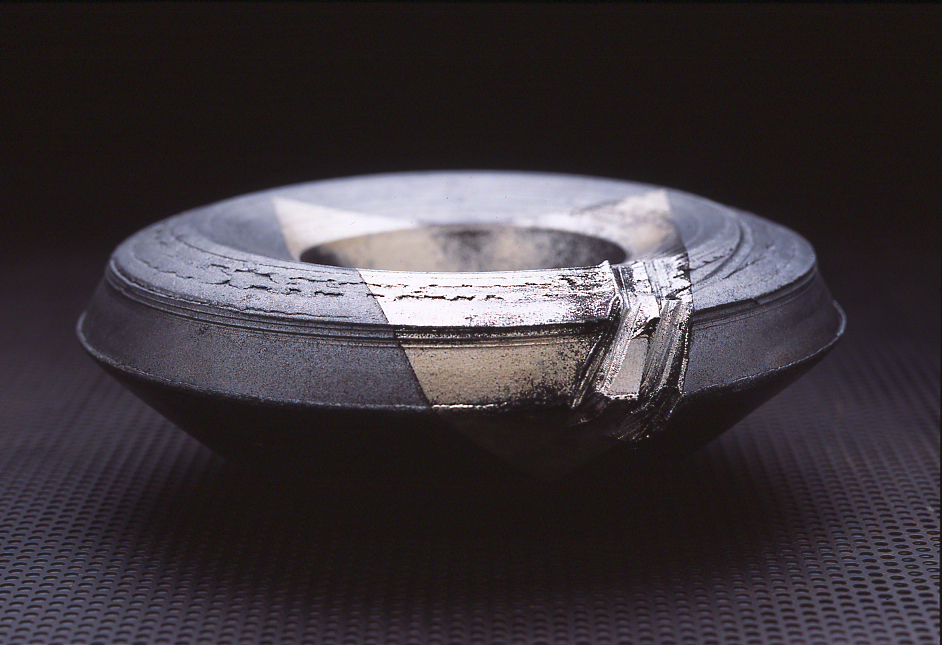
Clay body- Burnt Body
Theodore Adorno famously reflected that there can be no poetry after Auschwitz. I wanted to examine the possibility that the space of the language of words found in poetry might be taken by tactile, ceramic objects that communicate the unsayable without words.
In 2015 I was invited by the Jewish Museum to participate in the exhibition curated by Agi Katz and Julia Weiner. For me this was a ‘coming out’ experience in my own country, as my name completely obscures my identity as Jewish; indeed I am the child of two parents for whom English was a second language (my father’s first language was Welsh). I am not Jewish in any religious observant sense, but I do feel very strongly the estrangement and alienation suffered by my mother’s family through their escaping on the Kindertransport, forced to leave their parents at the mercy of the Nazis in Germany, while they found sanctuary in England.
I had become a potter after my primary education; my first degree in Philosophy and Literature provided me with a focus on discovering ideas that might be inherent in art and vice versa the ways in which art objects can communicate meaning. My own ceramic work has not merely been a mode through which I can, like a designer, express concepts concerning my own identity and history, but also a field of discovery, where the iconography of my own ceramic work can be ‘read’ to provide insights that were not fully apparent when the objects were conceived and executed. My PhD was by publication (that is it comprised the writing of an exegesis based on pre-existing works in the public domain); incidentally, one of my supervisors was Edmund de Waal. Through this study I was able to read my raku-fired ceramic works not just as fired (in a ceramic sense of the word), but as burnt (as in the meaning of [Holo]“caust”).
[the word “clay body” is specialist terminology used by potters to talk about a mix of clays and other materials, such as that with which I make my work].